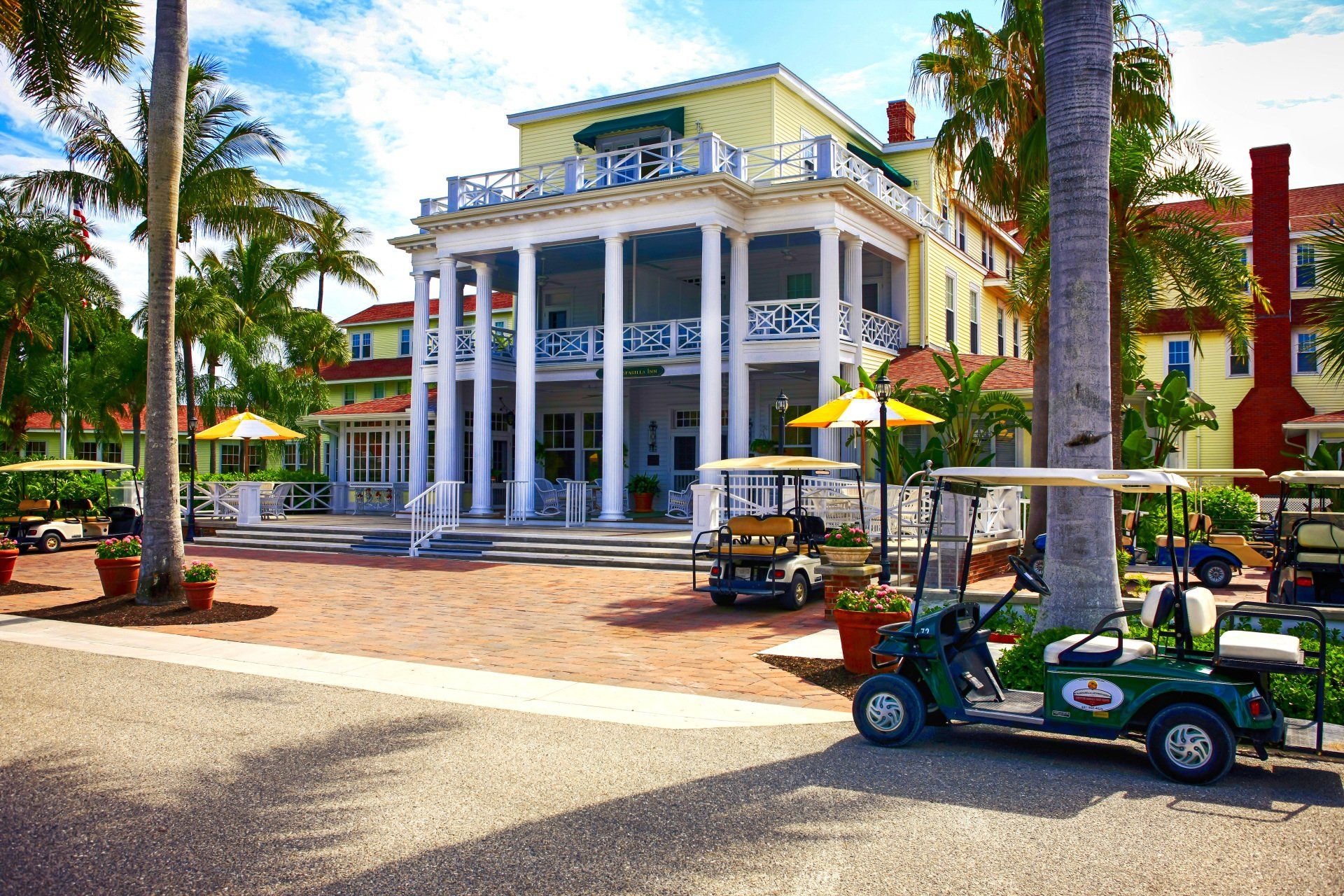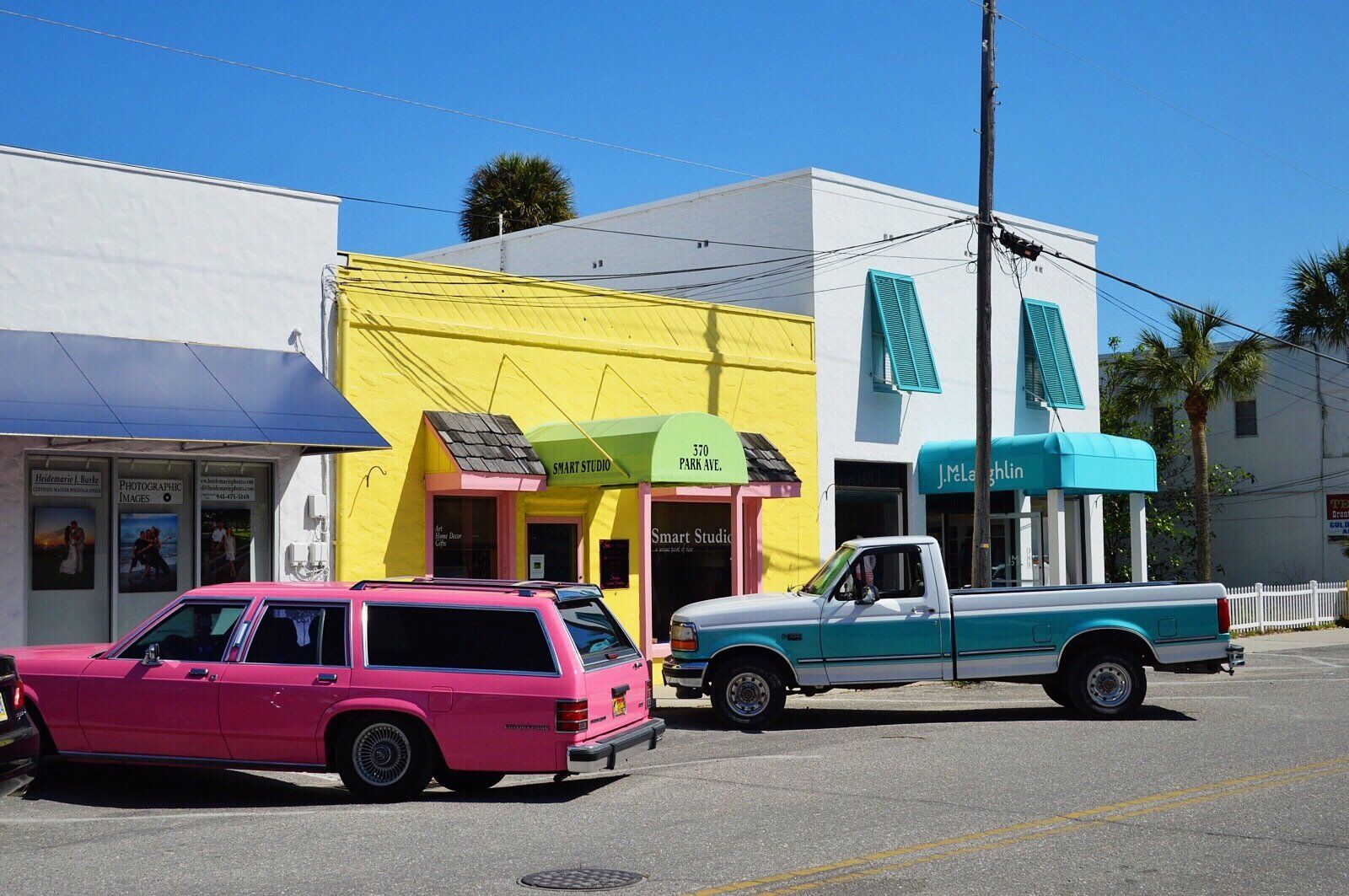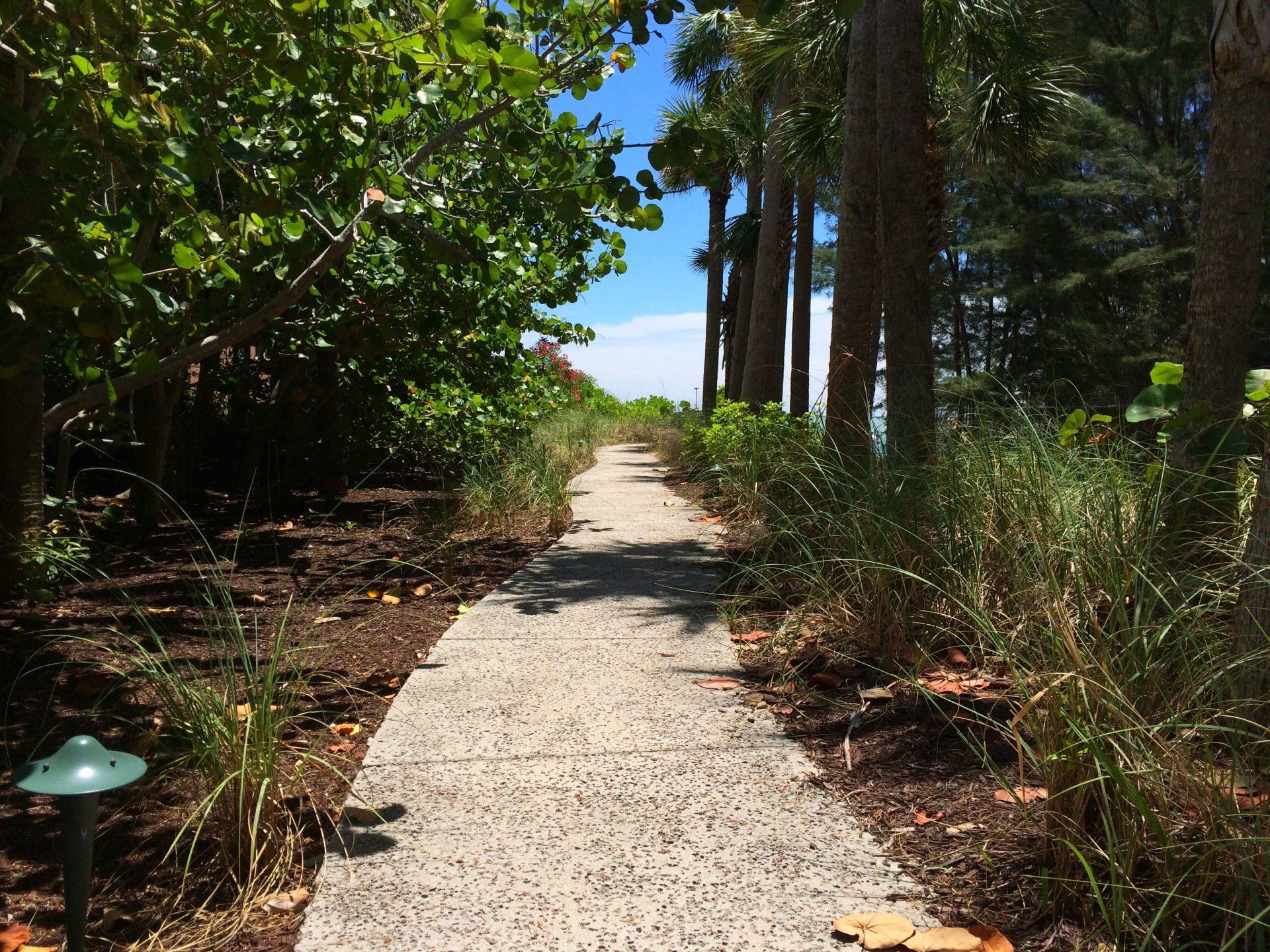Boca Grande
Tales of Boca Grande
A brown pelican glides through sea-spray kisses until something catches its attention. It quickly, and awkwardly, dives into the gentle surf and emerges with a still-flopping fish in its mouth.
That’s Boca Grande life, and has been for centuries.
Pelicans have been fishing the blue and turquoise waters long before the first-known humans stepped foot on Boca Grande’s Gasparilla Island. The Calusa, Native Americans in Southwest Florida, are believed to be Boca’s first residents beginning in about 800-900 A.D. Spanish explorers arrived in the 16th Century. Along with a taste for exploration, the Spanish also brought European diseases. The Calusa were wiped out by the mid-1700s due to illness, slavery and warfare, according to the Boca Grande Chamber of Commerce.
By the late 1800s, fish camps and villages began popping up in coastal communities, including Boca Grande. The fishermen salted their fish for shipment to Havana and other destinations. At about the same time period, phosphate was found in Florida … and that also would have a lasting impact on the island.
At the south end of Gasparilla Island is one of the deepest natural inlets in the state, which proved to be the ideal location for a deep-water port from where phosphate could be shipped to international locations.
“Wealthy American and British sportsmen began discovering the Charlotte Harbor area for its fantastic fishing … It was these two discoveries – phosphate rock and fishing – that would put Boca Grande ‘on the map,’” according to the Boca Grande Chamber of Commerce.
At first, phosphate was hauled via barge from Central Florida down the Peace River to Port Boca Grande. By the early 1900s, however, a railroad was preferred for transporting the phosphate to Port Boca Grande. And where wealthy railroad men went, so too did their money.
“It was fashion during this time for railroad tycoons to build railroads to carry passengers as well as haul payloads,” according to the Boca Grande Historical Society. “Grand hotels were erected and towns designed.”
That’s how the 1912-built Gasparilla Inn came to be one of finest hotels in Florida, and continues to attract well-known tourists and avid fishermen. The Bush family has been known to stay at the Gasparilla Inn, where they have been spotted fishing the same clear waters as the pelicans, Calusa, and Spanish explorers.
Boca Grande thrived in the 1900s. A school was built, along with churches, a second fancy hotel, grocery store, pharmacy, and even a ferry service. The du Ponts and Vanderbilts, along with other wealthy New Yorkers, spent their winters in Boca Grande.
Life on the island began to change in 1958 with the construction of a bridge, or causeway, connecting Boca Grande to the mainland. Residents now could easily drive on and off the island. “A community that had previously been self-sufficient, now became dependent on the mainland,” according to the Boca Grande Historical Society. “The economy as well as the population declined.”
The ferry for automobiles was no longer needed and went out of business. The train and phosphate business also vanished from the island in 1979 after phosphate leaders chose to start using the newer ports in Tampa and Manatee County.
Wealthy snowbirds, or “beachfronters” as they were known on the island, continued to enjoy their winters “but Boca Grande was never to be the same,” according to the Historical Society. You can still see remnants of the island’s earlier days: Portions of the 6.5-mile bicycle path follows the railroad’s old right of way. The old railroad depot in downtown Boca Grande was restored and has housed shops, offices, and restaurants over the years.
The island, despite its loss of phosphate and railroad industries, remains a tropical paradise for fishermen and beach-goers. It still attracts the rich and famous – Tom Brokaw, Dabo Swinney, Nick Saban, Tucker Carlson, Bill Cowher, and both the Bush and Busch families have been spotted on the island – but people here are more impressed by what’s being reeled in rather than who’s doing the reeling.
After all, it’s always been about the fish (and fish tales) on Boca Grande …




